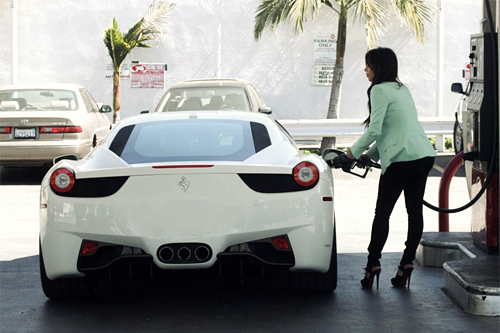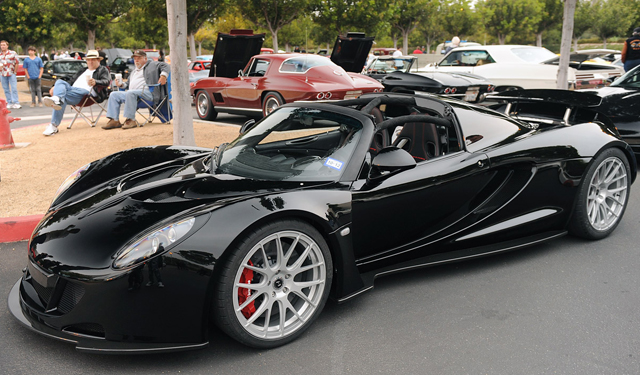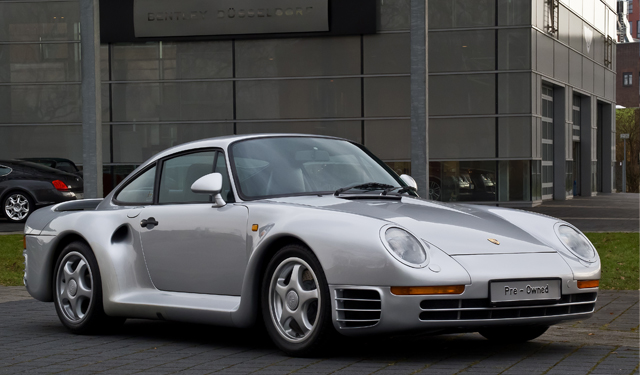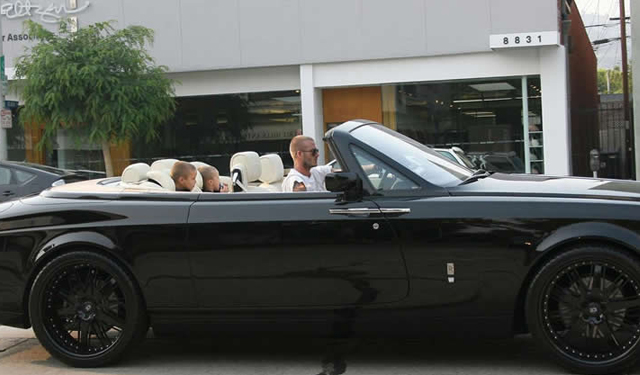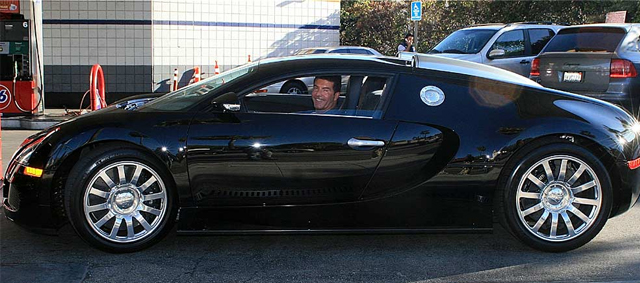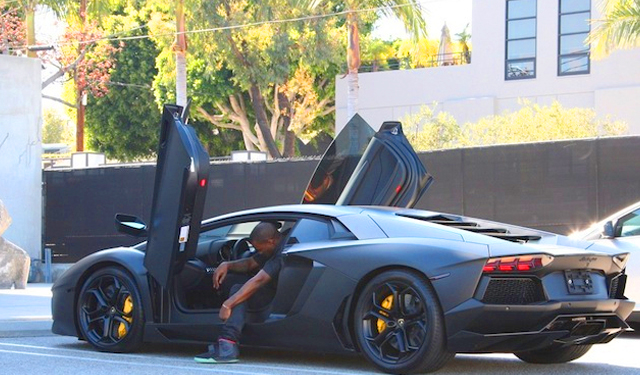Previously the realm of science fiction, electric and hybrid cars are now an everyday reality. But how exactly do they work? What’s the difference between the two, and which one should you buy? We’ve got your basic breakdown right here.
Electric cars
Just as the name suggests, electric cars are powered by an electric motor (or two). Rather than being powered by petrol or diesel, they use energy stored in rechargeable batteries which are recharged can be charged by household power point, though some manufacturers offer higher-capacity chargers that can be installed in your home or in the case of Tesla, their Superchargers for even faster charge times. Being electric, they don’t produce any tailpipe emissions, reduce our ongoing dependence on oil, and can be cheaper to run. They’re also especially quiet to drive, with substantial performance to boot.
Hybrid cars
Combining a petrol or diesel engine with an electric motor and a battery, hybrid cars are precisely that. More efficient than their conventional counterparts, they require less petrol or diesel to run and subsequently produce less emissions. There are currently 3 different types of hybrids on the market – parallel, range extender and plug-in hybrids. Although they all work slightly differently, they drive much the same as a conventional car. They also come with a range of power modes, enabling drivers to choose either maximum efficiency or performance, depending on the driving conditions.
3 options to consider
Hyundai Ioniq
Arriving in Australia soon, the Hyundai’s Ioniq will have the Toyota Prius firmly in its sights. However, unlike its Japanese competitor, Hyundai is hoping the Ioniq will be available in Australia with regular hybrid, plug-in Hybrid (PHEV) and pure electric versions to appeal to more customers. Hyundai’s eco offering will also come with a dual-clutch gearbox (hybrid models only), promising a sharper drive without the “rubber band” feeling that comes with the CVT transmissions that are typical of the hybrid breed. Pricing is expected to open Around $35,000 for the regular hybrid, rising to almost $50,000 for the pure electric model.
Toyota Prius
The darling of the eco and Hollywood set, the Toyota Prius is now in its fourth generation and maintains its position as the world’s best-selling hybrid vehicle. The value proposition and driving dynamics have been improved over its predecessor and sharp and distinctive styling ensures it won’t go unnoticed. It comes with a suite of technology, a fresh interior design and proven reliability. With lots of mod cons you’d expect like active cruise control, pre-collision safety system and LED headlights, those after an eco-focused driving should have the Prius on their shopping list.
Tesla Model 3
Set to land in Australia in early 2019, the Model 3 will bring Tesla into the most hotly-contested luxury segment – the compact sedan segment currently dominated by BMW’s 3 Series and Mercedes-Benz’s C-Class. Pricing is expected to be comparable to those competitors, starting around the early $50,000 mark, plus on-road costs. However, whilst the pricing is similar, the performance is in another league. Even in the base spec, this sexy looking sedan dispatches the 0-100km/h sprint in only 5.6 seconds, humbling all but focused performance machines.
